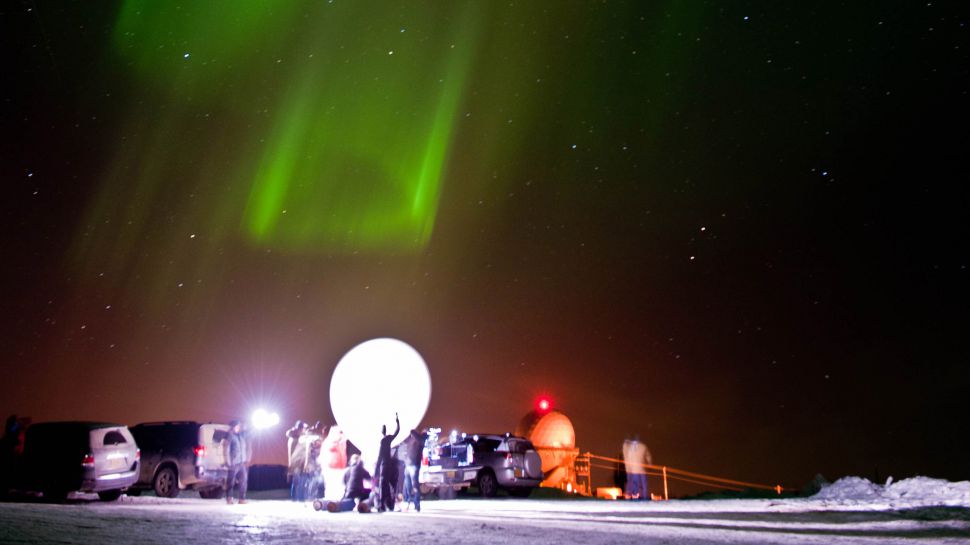New Northern Lights research will make your sat nav mapping apps more accurate
A de-light-ful bit of research

As many of you probably know, the polar regions' magical, dancing Northern Lights are actually the result of zillions of high-energy cosmic particles smashing into the Earth's magnetic field. Now, electrical engineers at the University of Bath have gained new insight into how the phenomenon works.
Astronomers talk about these particles as the solar wind, and when it blows particularly intensely we get a solar storm. When this happens, perhaps a couple of times a year, the aurora borealis can be seen much further south than normal.
Occasionally, we get monstrous solar storms which damage electronics on the surface of the Earth. In 1859, the Carrington Event was so strong that it gave electric shocks to telegraph operators, and pylons threw sparks out. But even a lower-level solar storm can wreak havoc on electronics in orbit.
Potential impact
That's a problem for the global navigation satellite systems (GNSS) like GPS that we increasingly rely on, which lose a lot of accuracy during solar storms, in some cases as much as several miles. "The potential impact of inaccurate GNSS signals could be severe," said Biago Forte from the Department of Electronic and Electrical Engineering at the University of Bath.
"Whilst outages in mobile phones may not be life-threatening, unreliability in satellite navigations systems in autonomous vehicles or drones delivering payloads could result in serious harm to both humans and the environment."
Until recently it was thought that this phenomenon was due to plasma turbulence within the Northern Lights. But the research led by Forte has shed new light on the subject.
Unknown factor
By observing the Northern Lights simultaneously using a radar and a GPS receiver, a research team showed that this turbulence doesn't actually exist, and that the inaccuracy must be caused by some other, unknown factor.
Get daily insight, inspiration and deals in your inbox
Sign up for breaking news, reviews, opinion, top tech deals, and more.
By ruling out plasma turbulence, the researchers hope the effort that was going into researching that can be put into figuring out what's causing the phenomenon instead.
"This new understanding of the mechanisms which affect GNSS outages will lead to new technology that will enable safe and reliable satellite navigation," added Forte.
The full details of their experiments were published in the Journal of Geophysical Research: Space Physics.
